Running is an excellent way to strengthen your heart and lungs, increase bone density, improve your mental health, and reduce your blood pressure, among many other benefits.
Depending on your metabolism, body composition, and weight goals, it can be hard to do as much running as you’d like without losing muscle.
Nevertheless, with proper nutrition and training strategies like strength training and adequate protein intake, it’s possible to mitigate muscle loss while running.
Therefore, whether running leads to muscle loss depends on various factors such as nutrition, training intensity, and individual metabolic conditions.
In this guide, we will discuss how to run without losing muscle mass and how to enjoy running while working towards your body composition goals in a healthy and sustainable manner.
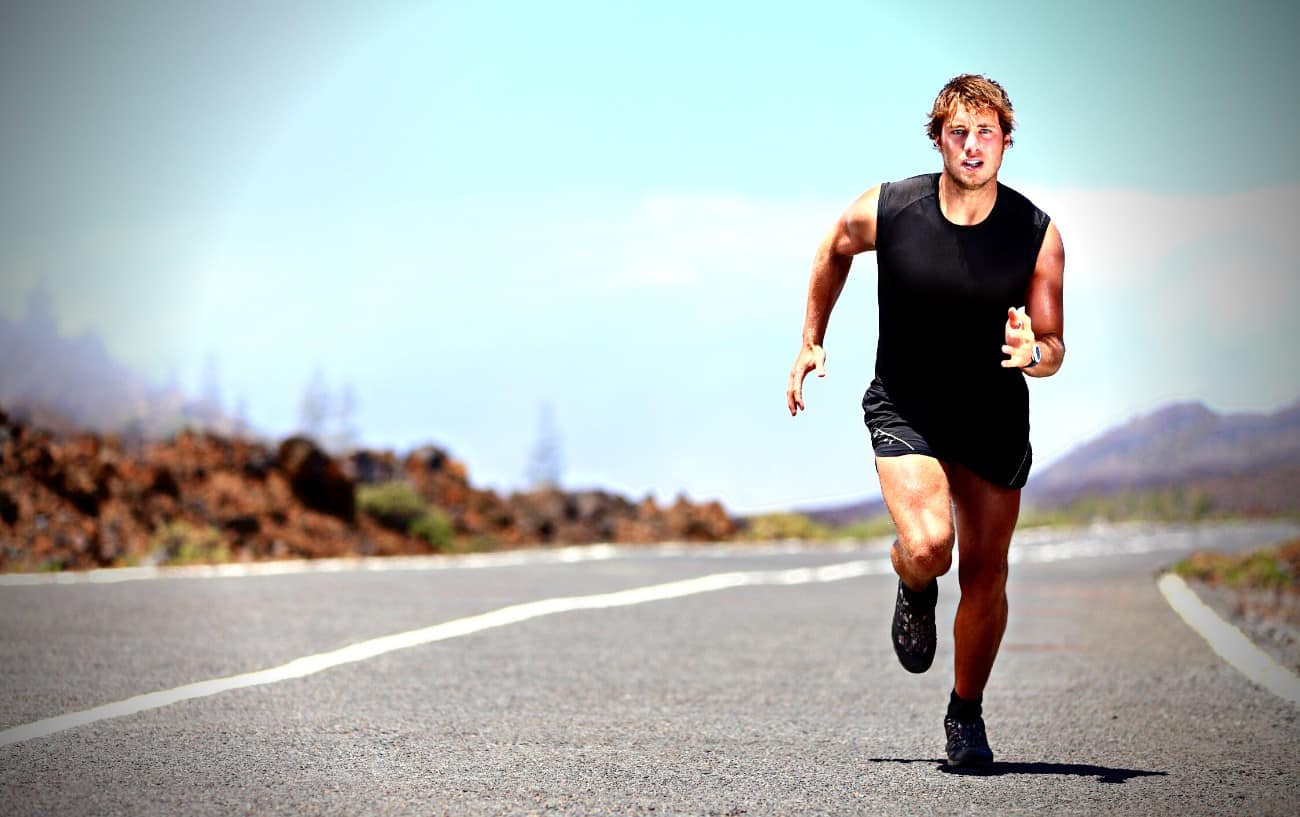
Does Running Make You Lose Muscle?
Many people ask, “Will I lose muscle from running?” or “How much running can cause muscle loss?” The answer isn’t a simple yes or no or a specific amount of time because whether or not running burns muscle largely depends on your overall energy balance.
It takes energy to run, so running burns calories. According to the Third Law of Thermodynamics, energy can’t be created or destroyed; it can only be transformed from one form to another.
Therefore, the energy to run, or the calories that get burned, have to come from somewhere.
Depending on the intensity of your run, your body will burn stored carbohydrates (glycogen) and fat (stored triglycerides in fat cells) to create most of the energy your muscles need for your workout.
At lower intensities, a higher percentage of these calories come from stored fat. As the intensity increases, the substrate ratio shifts and most of the energy comes from stored glycogen.

Protein contributes up to about 10% of the energy needed when running at moderate to high intensities. The body only stores protein as muscle tissue, which means that to some degree, running does burn muscle.
However, under most circumstances, the amount of protein, or muscle tissue, burned on a run is minimal.
This means that if you’re in a well-fed state and running less than 90 minutes or so, running doesn’t burn a significant amount of muscle protein.
However, the body can only store a maximum of about 2000 calories in glycogen stores. When glycogen is depleted, your body has to be metabolically flexible and burn a different fuel to create more ATP (cellular energy) for your working muscles.
If you’ve ever felt a sudden “bonking” or “hitting the wall” sensation when on a long run or during a marathon, you’ve experienced the dreaded glycogen depletion state.
The muscles can more rapidly generate energy by burning stored carbohydrates than by burning fat.
This is why the muscles’ preferred fuel source for high-intensity exercise is carbohydrates: they can crank out more energy faster by burning carbs, helping meet the high demands of your intense workout.
You are forced to slow your pace when the muscles have to shift back to burning body fat. This is met with a concurrent increase in the reliance on burning muscle protein for fuel as well.
Therefore, when you’re in a glycogen-depleted state, running burns more muscle mass.

How To Run Without Losing Muscle Mass
Can I run and still build muscle? Yes absolutely. It is possible not just to prevent muscle loss but also to experience muscle gain.1Konopka, A. R., & Harber, M. P. (2014). Skeletal Muscle Hypertrophy After Aerobic Exercise Training. Exercise and Sport Sciences Reviews, 42(2), 53–61. https://doi.org/10.1249/jes.0000000000000007
It should be possible to preserve your muscle mass while training for a marathon or other running event, even if you have a fast metabolism and do not want to lose any weight.
Similarly, if you’re wondering how to run without losing muscle mass while still achieving fat loss, read the principles below:
#1: Spend Time Weight Lifting
Probably the most effective way to preserve your muscle mass as a runner is to engage in at least 2-3 total-body strength training workouts per week.2Dt, M., N, G., J, C., & M, M. (2013, May 1). The Development, Retention and Decay Rates of Strength and Power in Elite Rugby Union, Rugby League and American Football: A Systematic Review. Sports Medicine (Auckland, N.Z.). https://pubmed.ncbi.nlm.nih.gov/23529287/
The goal of weight training should be muscle building strength and size rather than muscular endurance.
From a practical standpoint, this means lifting the heaviest weights you can safely handle with proper form for 4-10 reps per set rather than lighter weights for 12-15 reps or more.
Higher loads trigger your hormones and muscle fibers to get bigger and stronger—an anabolic effect—which can help counter the tissue breakdown—catabolic effect—of long-distance running.
Compound, dynamic, multi-joint strengthening exercises like squats, lunges, deadlifts, and step-ups will engage the lower body, ensuring your leg muscles stay strong.
Resistance training is key for muscle gain. You don’t have to do bodybuilding, choose a particular form of exercise that complements your running training program. This will typically focus on muscles like the quadriceps, hamstrings, and glutes.
If you are a beginner, consider working with a personal trainer.
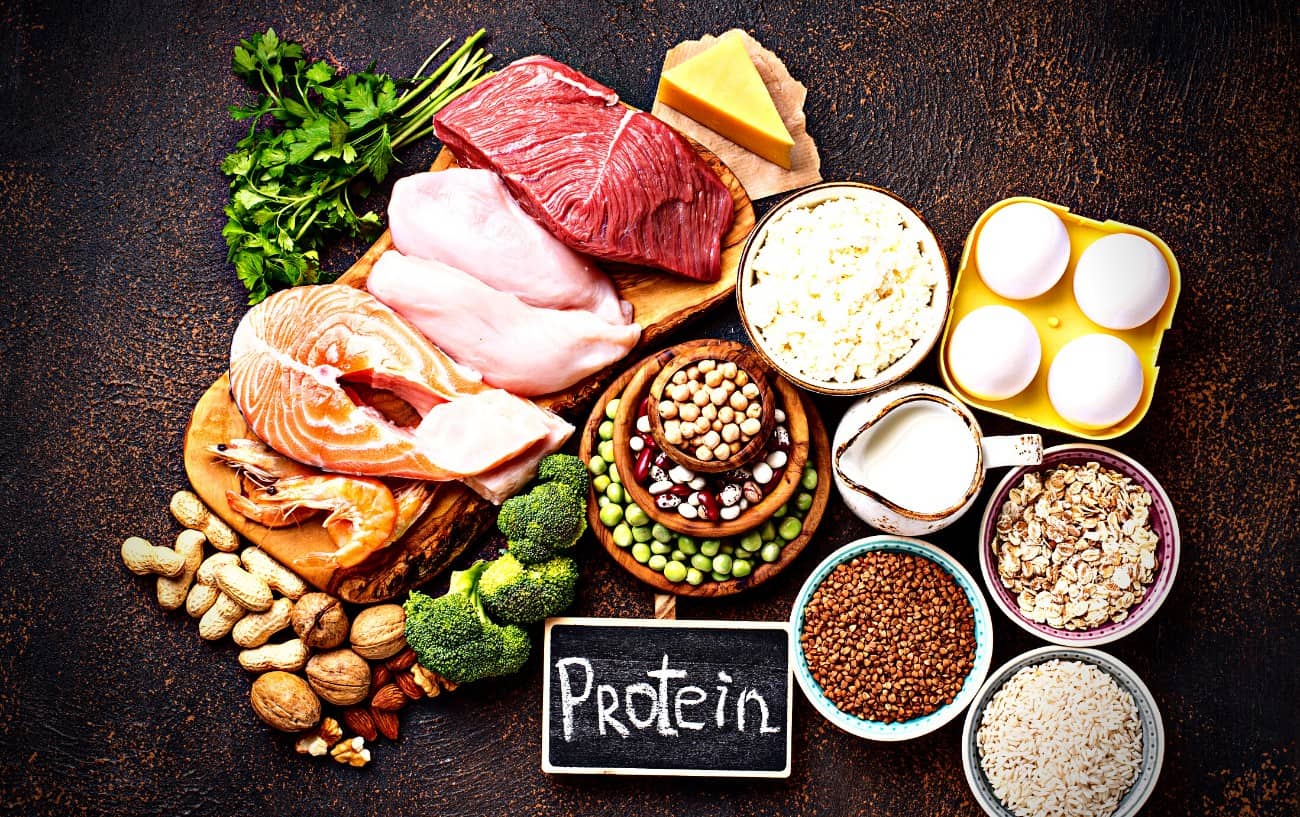
#2: Eat Enough Protein
Muscle protein synthesis, or repairing and building new muscle growth, requires adequate protein intake.
Protein is one of the three primary macronutrients. Along with carbohydrates and fat, protein provides energy (4 kcals per gram), but it also offers unique recovery and muscle-synthesis benefits.
The protein we eat is broken down to amino acids, which are then assembled to make new proteins used to repair and rebuild muscles, tissues, cells, enzymes, and nucleic acids (DNA and RNA).
Protein also aids muscle recovery after running or strength training, helping heal any muscle damage and building new muscle fibers to adapt to your training loads.
The American College of Sports Medicine recommends that athletes consume at least 1.2–2.0 grams of protein per kilogram of body weight per day.3ACSM Certification Blog and Articles. (n.d.). ACSM_CMS. https://www.acsm.org/all-blog-posts/certification-blog/acsm-certified-blog/2021/01/25/nutrient-ratios-for-strength-training
For example, a runner weighing 154 pounds (70 kg) should consume at least 84-140 grams of protein daily to meet their physiological needs.4Morton, R. W., Murphy, K. T., McKellar, S. R., Schoenfeld, B. J., Henselmans, M., Helms, E., Aragon, A. A., Devries, M. C., Banfield, L., Krieger, J. W., & Phillips, S. M. (2017). A systematic review, meta-analysis and meta-regression of the effect of protein supplementation on resistance training-induced gains in muscle mass and strength in healthy adults. British Journal of Sports Medicine, 52(6), 376–384. https://doi.org/10.1136/bjsports-2017-097608
While these recommendations are adequate for most runners, one way how to run without losing muscle mass is to increase your protein intake to at least 1-2 grams per pound of body weight.
Particularly if you are in a negative energy balance (losing weight) or want to build muscle.

#3: Eat a Protein-Rich Meal or Snack Every 2-4 hours
It’s also important to space out your protein throughout the day, as the muscles use the protein more effectively when it is delivered in moderate doses every few hours rather than large doses less frequently.
Therefore, it’s not just about how much protein you eat—how often you eat protein is important as well.
Studies have demonstrated that ingesting 20 grams of protein immediately after exercise and then every three hours for the next 12 hours increases the rate of muscle protein synthesis more than having more protein less frequently.5Areta, J. L., Burke, L. M., Ross, M. L., Camera, D. M., West, D. W. D., Broad, E. M., Jeacocke, N. A., Moore, D. R., Stellingwerff, T., Phillips, S. M., Hawley, J. A., & Coffey, V. G. (2013). Timing and distribution of protein ingestion during prolonged recovery from resistance exercise alters myofibrillar protein synthesis. The Journal of Physiology, 591(9), 2319–2331. https://doi.org/10.1113/jphysiol.2012.244897
Protein supplements can be a useful option if you are struggling to ingest enough protein.
#4: Eat Protein After You Work Out
In addition to getting enough protein and eating protein regularly throughout the day, be sure that your post-run and post-workout fuel contains protein. Protein is vital for your post-workout recovery.
A review of 11 studies found that cyclists who ingested protein along with carbohydrates after a workout saw improved performance in the subsequent endurance ride by an average of 9% over cyclists who consumed just carbohydrates.6Stearns, R. L., Emmanuel, H., Volek, J. S., & Casa, D. J. (2010). Effects of Ingesting Protein in Combination With Carbohydrate During Exercise on Endurance Performance: A Systematic Review With Meta-Analysis. Journal of Strength and Conditioning Research, 24(8), 2192–2202. https://doi.org/10.1519/jsc.0b013e3181ddfacf

#5: Forget Intermittent Fasting
Because muscle protein synthesis is best supported when you eat at least 20 grams of protein every 3 hours (as opposed to 40 grams every six hours), one way to run without losing muscle is to eat small, frequent meals throughout the day.
#6: Space Out Your Workouts
For time efficiency, a lot of runners like to complete their cardio and weights in one session back to back.
However, if you really want to build muscle and know how to run without losing muscle mass, it is best to split up your workout by at least several hours, if not perform them on alternate days.
Strength training burns muscle glycogen, as do all but the lowest-intensity runs (Zone 1 or Zone 2 training.)
So if you lift weights and then run or run and then lift weights without fueling in between your workouts, you are more likely to hit the glycogen depletion state and burn muscle tissue during your second workout.
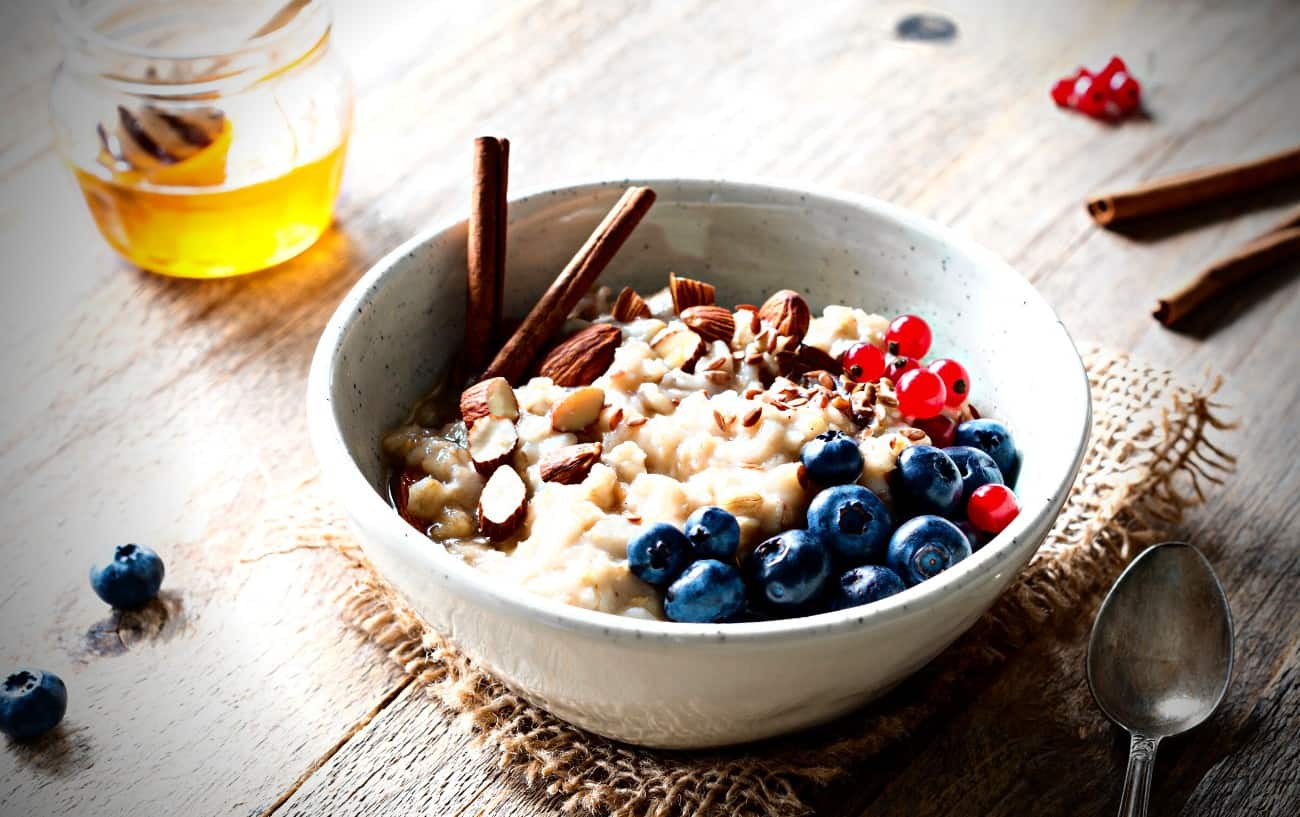
#7: Don’t Run On An Empty Stomach
When you run or do cardio in a fasted state, there is little muscle glycogen on board to be burned for fuel. As such, there’s a greater chance that you will break down muscle tissue for energy.
If you are going to run first thing in the morning before breakfast, have a carbohydrate-rich snack, such as oatmeal, a banana or dried fruit, toast with butter and honey, or an energy bar, before heading out for your workout.
This will help top off your muscle glycogen stores and blood sugar levels to help ensure that muscle protein will only be used minimally to fuel your run.
#8: Fuel With Carbohydrates During Long Runs
Ingesting carbohydrates during long runs and races can help augment your glucose availability, providing a safeguard against burning too much protein for energy.
According to the American College of Sports Medicine (ACSM), ingesting 30–60 grams of carbohydrates per hour during endurance exercise is ideal.7American College of Sports Medicine. (2009). Nutrition and Athletic Performance. Medicine & Science in Sports & Exercise, 41(3), 709–731. https://doi.org/10.1249/mss.0b013e31890eb86
This equates to 120-240 calories of carbohydrates per hour. These carbohydrates can come from sports beverages, energy gels or chews, or foods such as dried fruit, pretzels, bananas, or honey packets.

#9: Add HIIT
Long-distance runs can catabolize or break down muscle tissue, but interval training may have the opposite effect.
One study found that a ten-week HIIT program increased muscle mass in the quads.8ESTES, R. R., MALINOWSKI, A., PIACENTINI, M., THRUSH, D., SALLEY, E., LOSEY, C., & HAYES, E. (2017). The Effect of High Intensity Interval Run Training on Cross-sectional Area of the Vastus Lateralis in Untrained College Students. International Journal of Exercise Science, 10(1), 137–145. https://www.ncbi.nlm.nih.gov/pmc/articles/PMC5214170/Hill sprints, track workouts, and fartleks can be great options for how to run without losing muscle mass.
#10: Eat a Small Surplus of Calories
Most experts agree that to actually build muscle mass, you need a slight surplus of calories, so one very effective way to support running without losing muscle mass is to eat about 10 to 15% more calories per day than your body needs to maintain your weight.
In other words, if you burn 2000 calories a day, eating 2,200 calories or so can help maintain or build muscle mass when you strength train and run.
That said, distance runners who engage in cardiovascular aerobic exercise for long periods of time will likely burn more, so it’s important you work out what calorie amount works best for you.
Situations Where Running Burns Muscle Mass
So, is running detrimental to maintaining muscle mass?
As mentioned, running burns muscle mass predominately when you are in a glycogen-depleted state.
This can occur primarily in any of the following four situations:
#1: Doing Long Runs and Workouts
When you do a long aerobic run, you’ll deplete your muscle glycogen after 1.5-2 hours or so, depending on the intensity of the run, your body size, nutritional status, and fueling strategy.
You can also deplete your glycogen by stacking your run and strength training workouts back to back without eating in between.
#2: Running In a Fasted State
Running first thing in the morning on an empty stomach starts you out with somewhat depleted glycogen stores, because your body burns through liver glycogen during the overnight fast while you sleep.

#3: Running On a Low-Carbohydrate Diet
If you routinely limit your carbohydrate intake with a low-carb diet, such as the paleo diet or keto diet, your glycogen stores can deplete prematurely when you run.
#4: Running In An Overall Negative Energy Balance State
Whether you’re extreme dieting or maintaining a significant caloric deficit every day to lose weight, your body is in a catabolic state and will likely burn more muscle when you run because you’re not taking in enough calories.
Muscle protein can end up supplying 15% or more of the energy during high-intensity runs, but in any of these cases of glycogen depletion, this relative percentage can increase significantly. In these cases, running is indeed burning muscle tissue.
So, let’s try and avoid these situations and get into our ways of how to run without losing muscle mass.
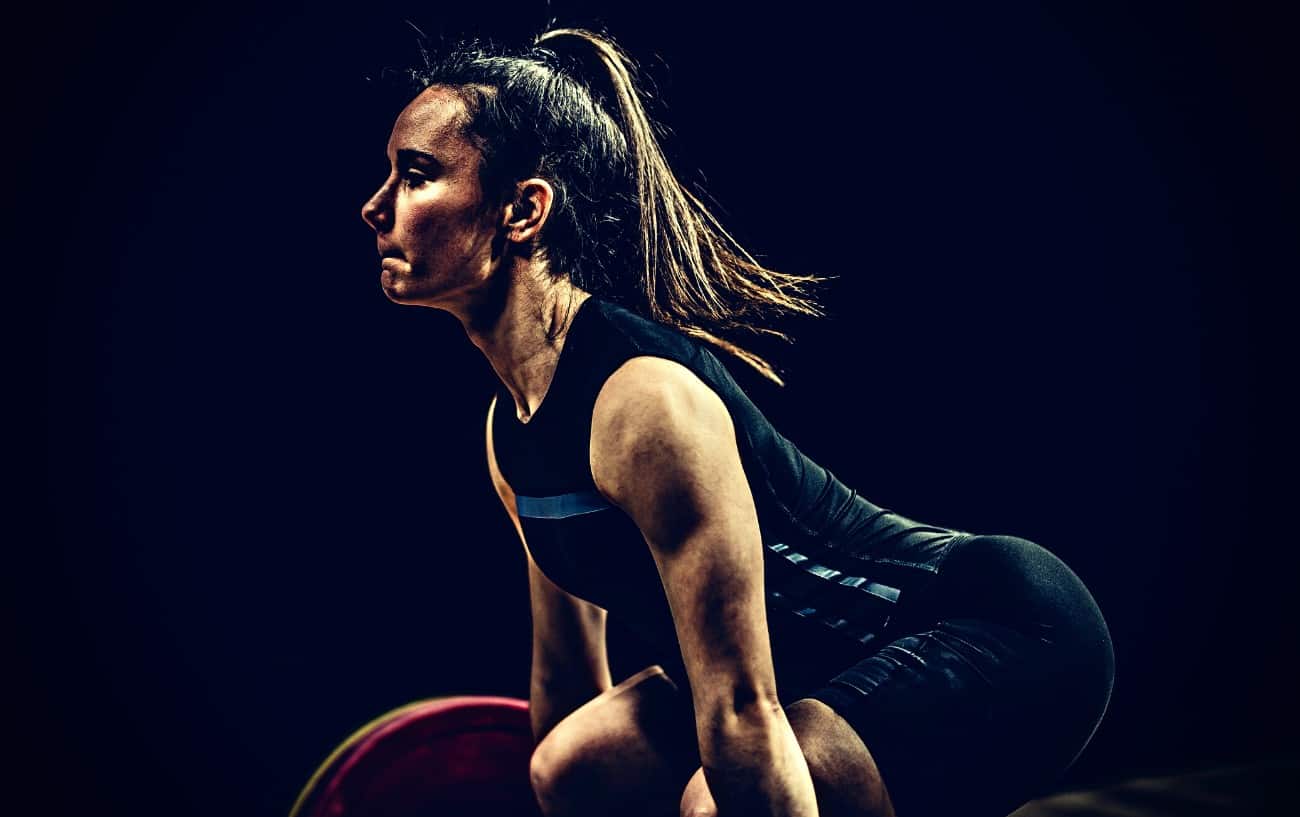
To help you maintain a balanced, runner-friendly diet, check out:



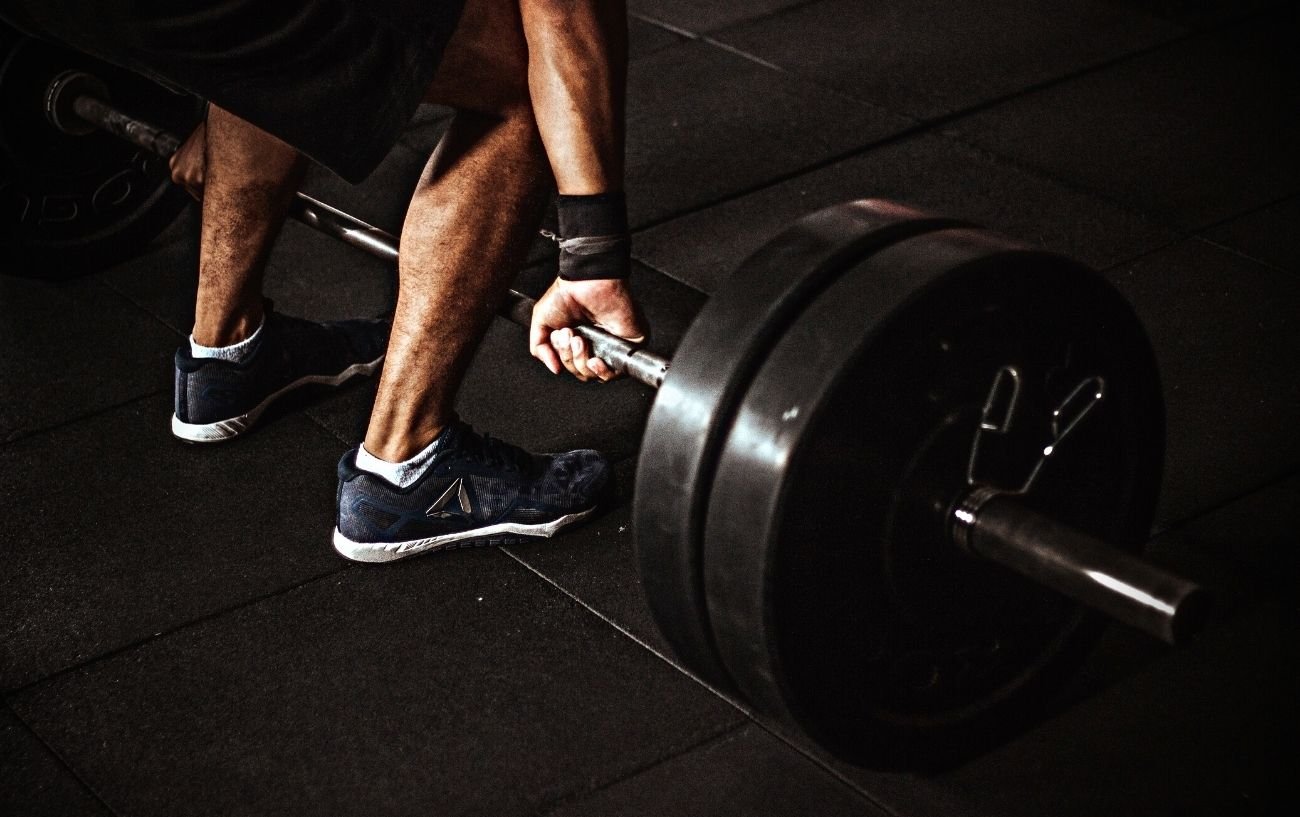
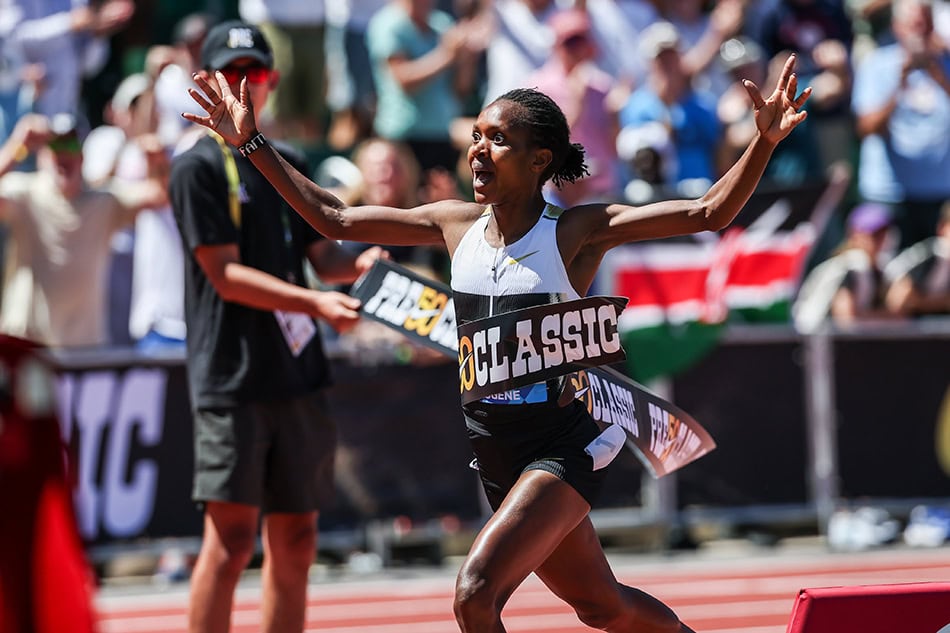






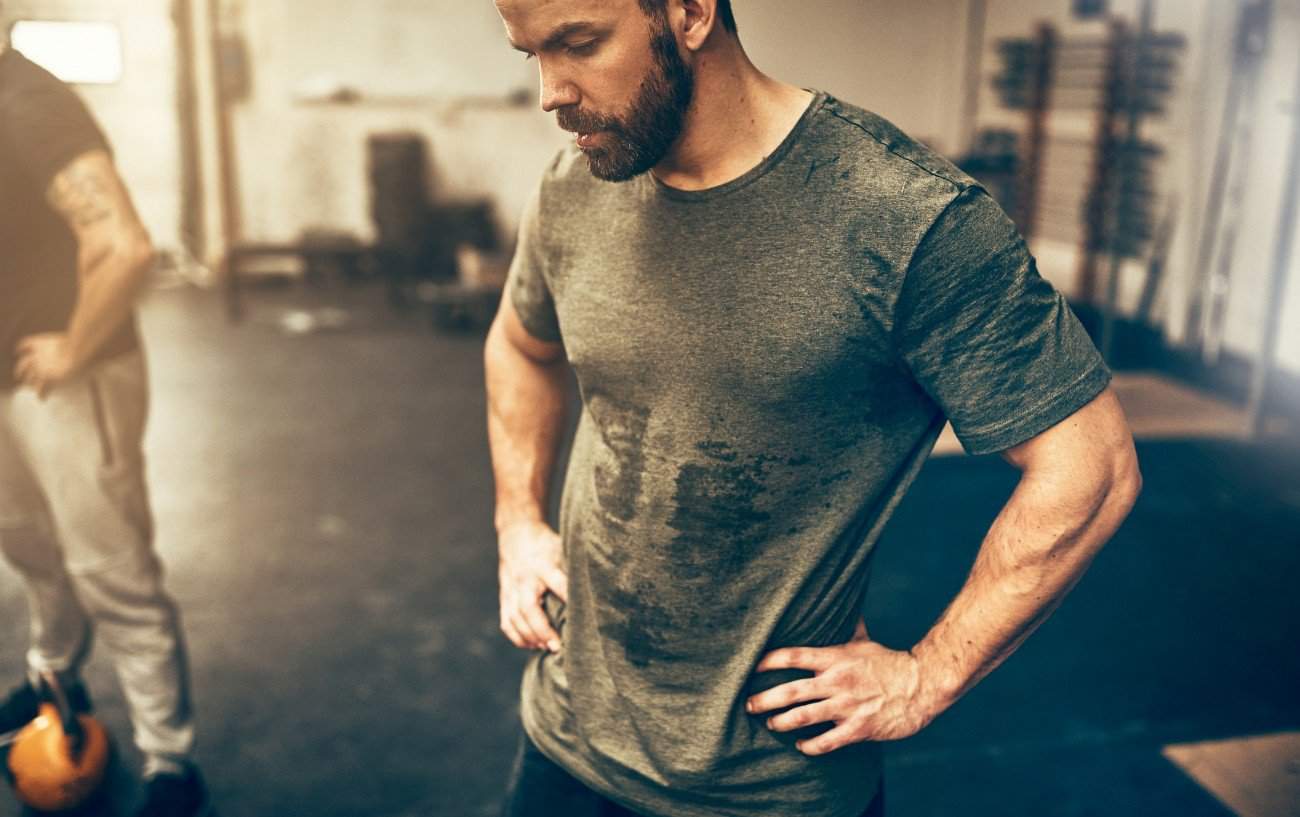

Lovely artice – I appreciate your time for such valuable information in which you’ve outlined here. Thank you.
Thanks a ton, I am a certified acsm trainer but not a nutritionist and this definitely will help, thank you
Nice feedback on running
Great article. I really liked the explanation on how and where the energy is consumed from during low and high intensity runs. Also you provide a good breakdown of how runners could prevent losing muscles.